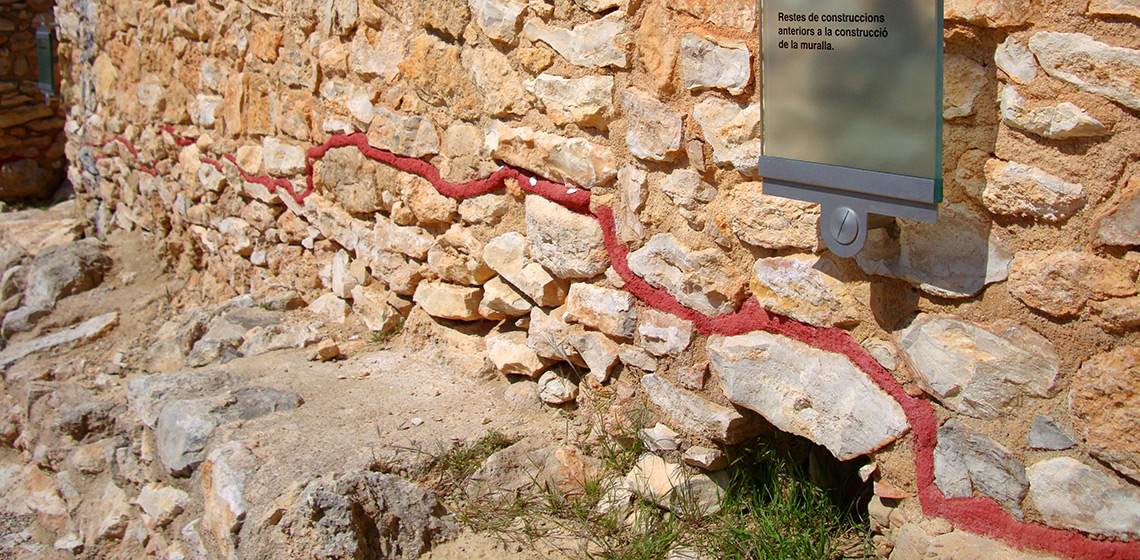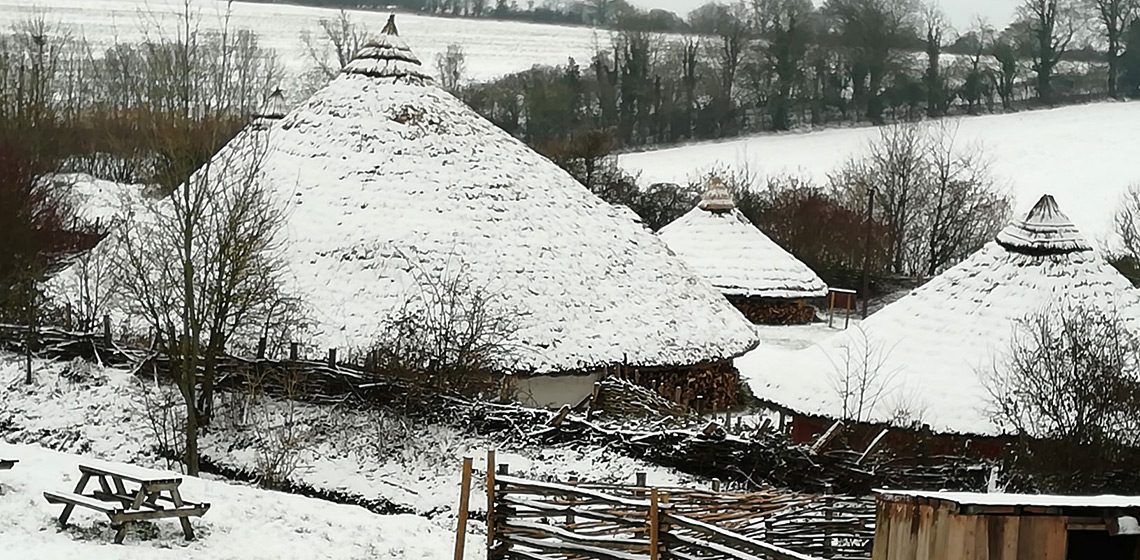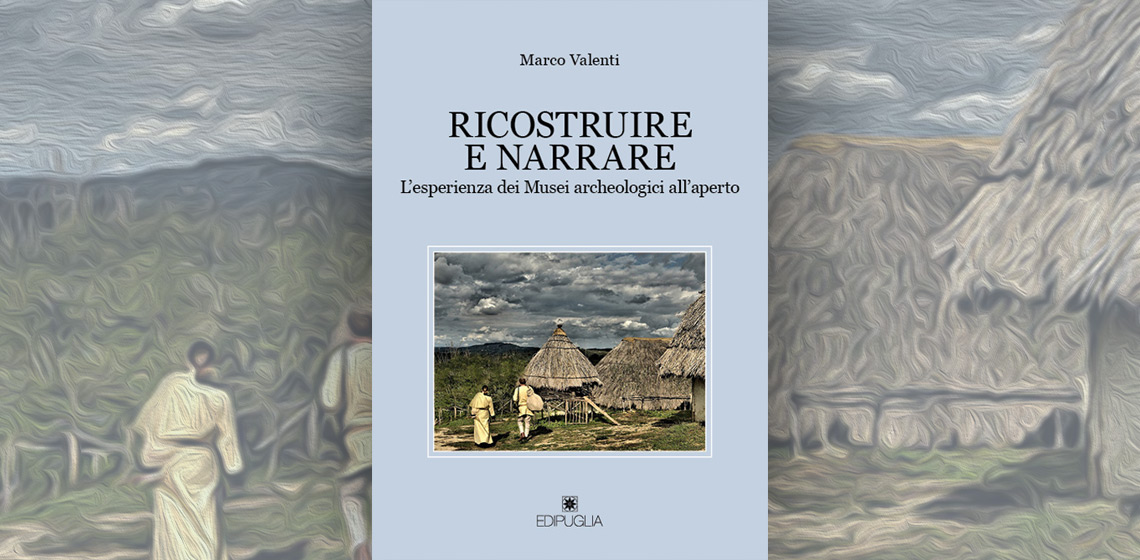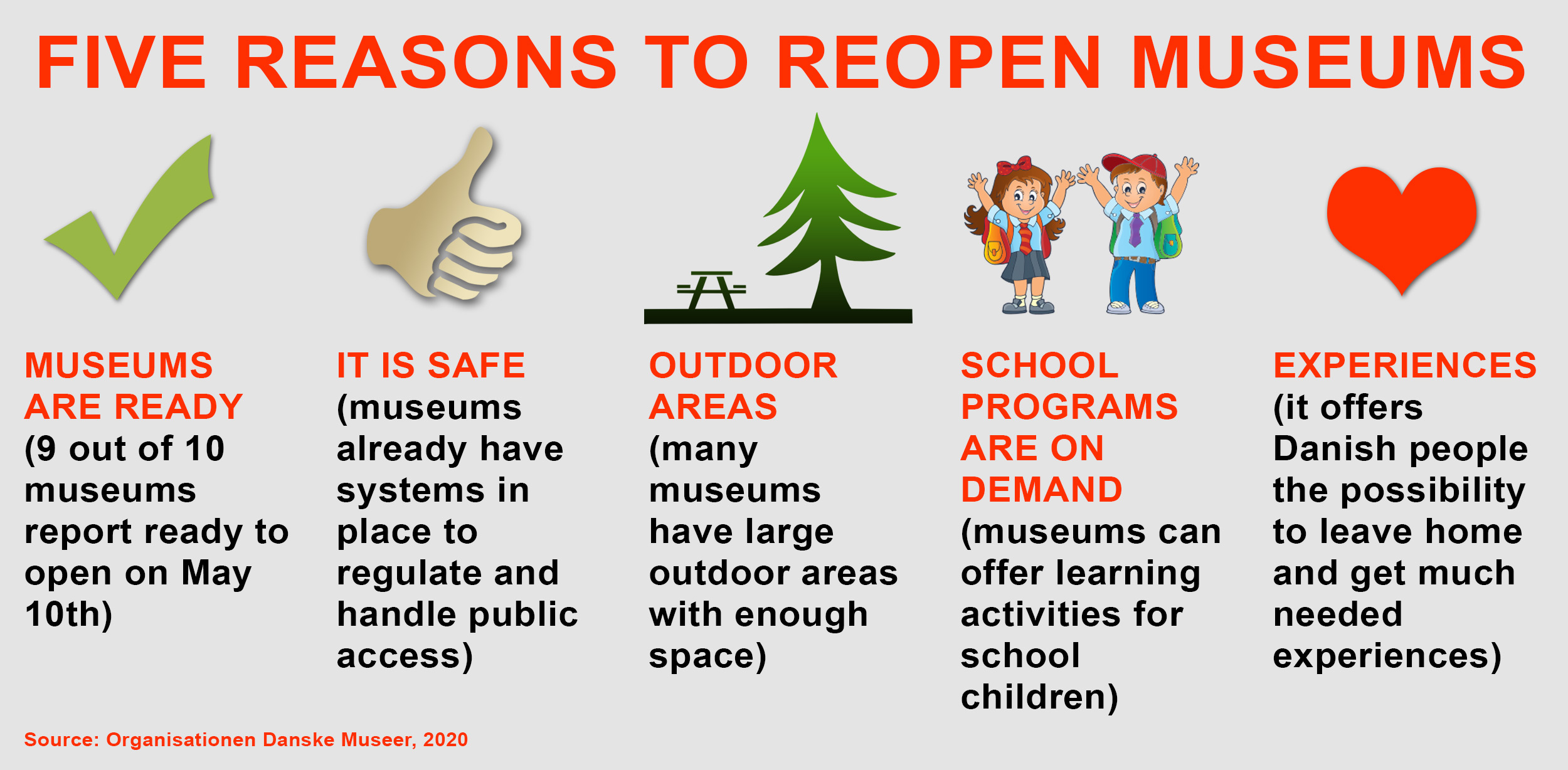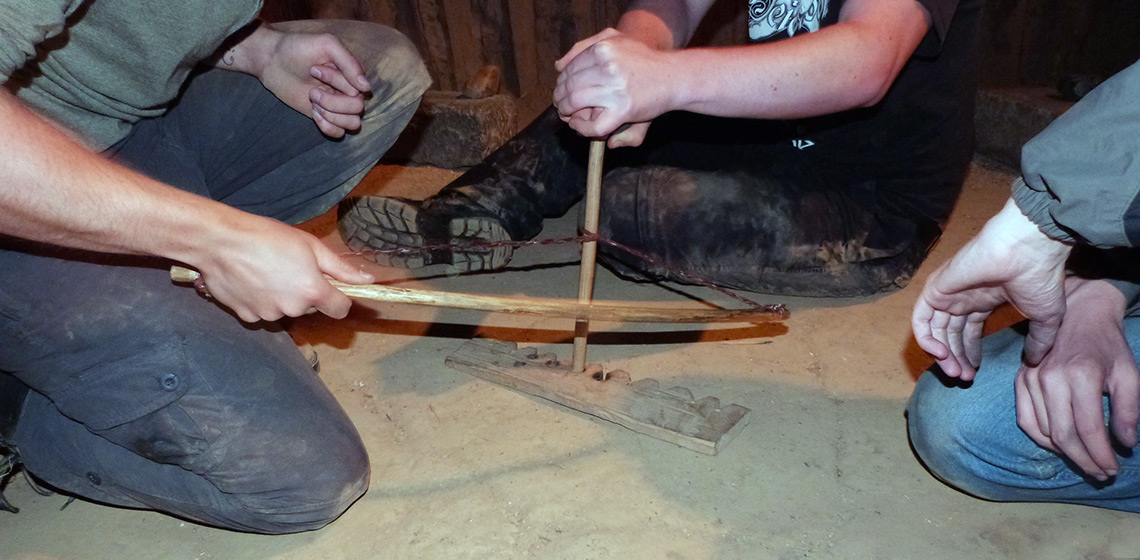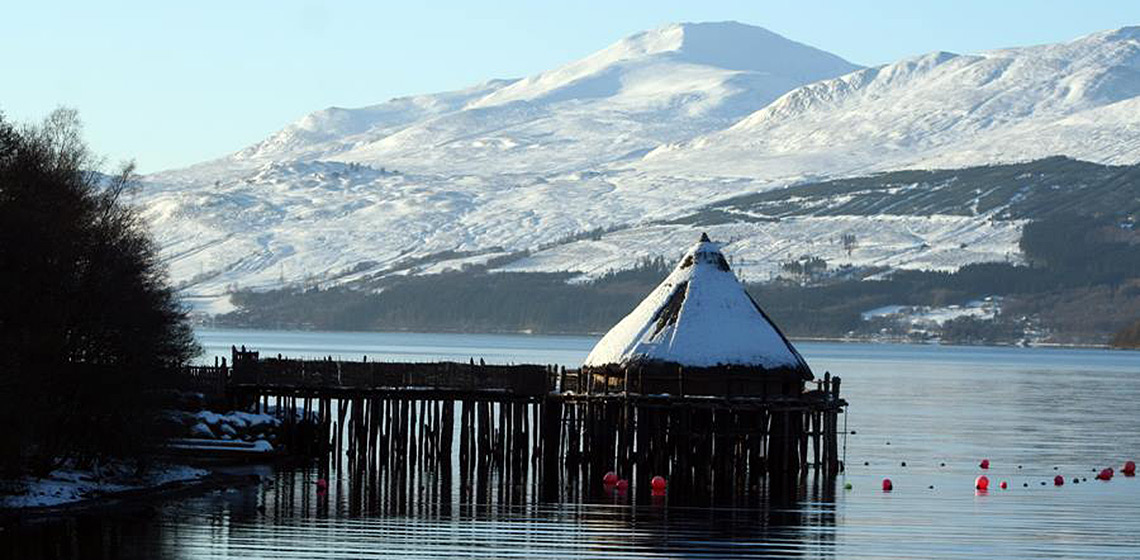archaeological open-air museum
Documentation Strategies at Butser Ancient Farm
Book Review: Ricostruire e Narrare. L’esperienza dei Musei archeologici all’aperto (Reconstructing and storytelling. The experience of archaeological open-air Museums) by M. Valenti
Open to Interpretation
Interpretation is a fundamental part of how we communicate heritage to the public, but what does the term ‘interpretation’ actually mean? Peter Inker and Angela Pfenninger join us to explore the world of interpretation.

